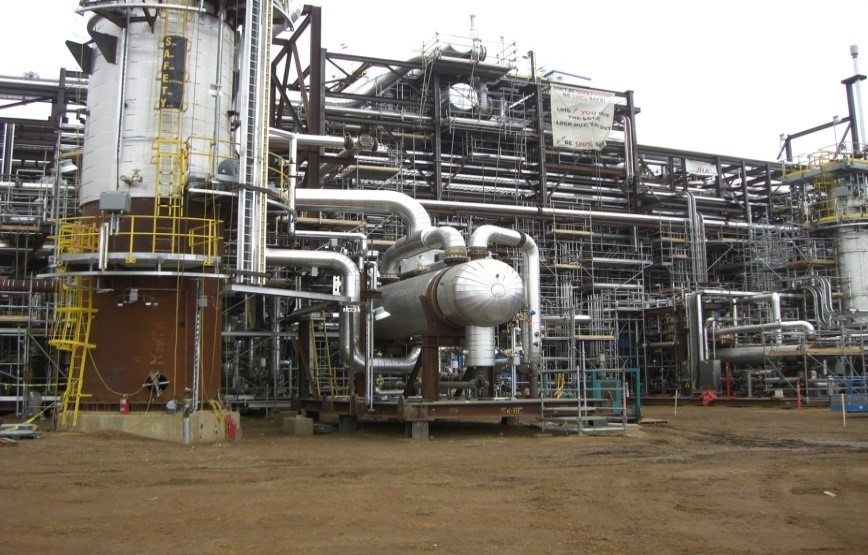First Class Design for Protection of the Environment

RATE ADVANCED CLEAN TECHNOLOGIES (RATE-ACT)
Rameshni & Associates Technology & Engineering (RATE) has the unrivalled ability to address sulphur removal and handling issues across all industry sectors including ACT “Advanced Clean Technologies” and Emissions Control. Creating technologies to eliminate or control toxic emissions will result in a healthier life and cleaner environment. With the sulphur content of crude oil and natural gas on the increase and tighter limits on the Sulphur content in fuels, refiners and gas processors are pushed for additional Sulphur recovery capacity. At the same time, environmental regulatory agencies of many countries continue to promulgate more stringent standards for Sulphur emissions from oil, gas, and chemical processing facilities.
Emission regulations are getting tighter and there is increasing demand to achieve higher sulphur and gas processing recovery and removal. As the environmental regulations have become more stringed around the world the investors are pushing for 10 ppmv of SO2 stack or zero emissions. The necessity of 10 ppmv of SO2 from the stack is real.
| TECHNOLOGY | EMISSIONS |
|---|---|
| Conventional Tail Gas Treating with MDEA solvent | 150 – 250 ppwt |
| TG-RATE, Conventional Tail Gas Treating with Selective Solvent, pit vent recycle | 150 – 250 ppwt |
| TG-SMAX – Tail Gas Treating with Selective Solvent plus new innovation Hydrolysis Reactor, plus recycle pit vent to SRU – Patented Process | 5 – 30 ppmwt |
| SETR – Super Enhanced Tail Gas Recovery -Patented Process | 0 – 10 ppmwt |
| TG-SO2 Regenerable TG incineration followed by using WATER Solvent or Cansolv or similar |
0 – 5 ppmwt |
| TG-Lean, Lean Acid Gas common Hydrogenation, hydrolysis reactor, quench, common selective amine tail gas treating, Direct Oxidation SRU, incineration |
~50 ppmwt |
| DEGAS-SMART, Independent degassing system in sulphur forming, using Catalytic incineration with caustic |
0 – 10 ppmwt |
| RSR Second Generation, RTR 1, RTR 2, total 3 patents for SO2 reduction to sulphur |
0 – 10 ppmwt |
| SuperDegas, the latest degassing technology, new patented technology, minimum residence time |
0 – 10 ppmwt |
RATE has recently patented new processes for integrating sulphur recovery methods in oil and gas industries. As environmental regulations have become more stringent around the world owners are having to confront the need for SO2 stack emissions of 10 ppmv or less. The necessity of 10 ppmv of SO2 from the stack is real and has become standard in some areas. Even though the requirements are not universal however, each facility has to upgrade to a lower emissions that set by their government agencies. RATE-ACT “Advanced Clean Technologies” and SO2 Emission Control cover various options and the existing facilities can be upgraded as needed by implementing minimum steps only to achieve the new regulations
Please contact RATE at RATE@RATE-Engr.com for additional information.

